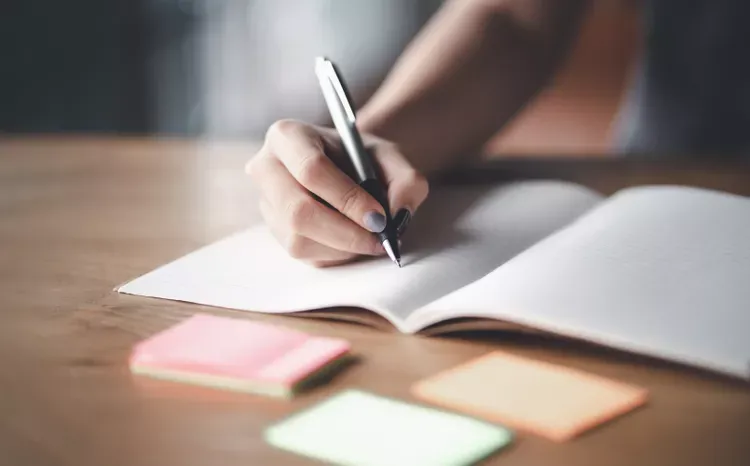While typing and digital files have been great in stemming a tide of paper waste, when used judiciously, writing things by hand has numerous benefits that we should not be in a rush to lose sight of.
Consider the following:
1. It Improves Learning
A study published by the Association for Psychological Science found that taking notes in longhand, not laptop, improves comprehension, concluding that “laptop note takers’ tendency to transcribe lectures verbatim rather than processing information and reframing it in their own words is detrimental to learning.”

2. It Encourages Brain Development
A report in Psychology Today describes the importance to brain development of learning cursive, during the course of which “the brain develops functional specialization that integrates both sensation, movement control, and thinking.” Brain imaging shows how engaged the brain is while learning cursive:
“To write legible cursive, fine motor control is needed over the fingers. You have to pay attention and think about what and how you are doing it. You have to practice. Brain imaging studies show that cursive activates areas of the brain that do not participate in keyboarding.”
3. It Makes for Better Composition
Research reveals that students who write essays with a pen write more than those who used a keyboard; they also wrote faster and in more complete sentences.
Deborah Spear, an academic therapist based in Great Falls, tells the Washington Post that cursive writing is an integral part of her work with students who have dyslexia.
The Wall Street Journal reports on research that finds that by engaging fine motor skills, memory, and more, writing by hand acts as a good cognitive exercise for aging brains.
4. It Helps Achieve Goals
Of handwriting lists and achieving goals, researcher Dr. Jordan Peterson tells Forbes: “It appears possible that writing, which is a formalized form of thinking, helps people derive information from their experiences that help them guide their perceptions, actions, thoughts and emotions in the present… Clarifying purpose and meaning into the future helps improve positive emotion, which is associated with movement towards important goals….”
Dr. Marc Seifer, a graphologist and handwriting expert, says that writing a soothing sentence is a type of “graphotherapy.” Writing a sentence like “I will be more peaceful” at least 20 times per day can actually make one more peaceful, especially for those with attention problems. “This actually calms the person down and retrains the brain,” Seifer says.
5. It Fosters Intention
As technology increasingly makes our world more and more automated, we run the risk of losing sight of what we think and write. For me, there is a real-world tactile sensation, rather than a haptic one, that helps center thinking. There is no auto-correct or grammar suggestions or the potential of AI to guide one’s thoughts, it’s just you and your pen and paper.








